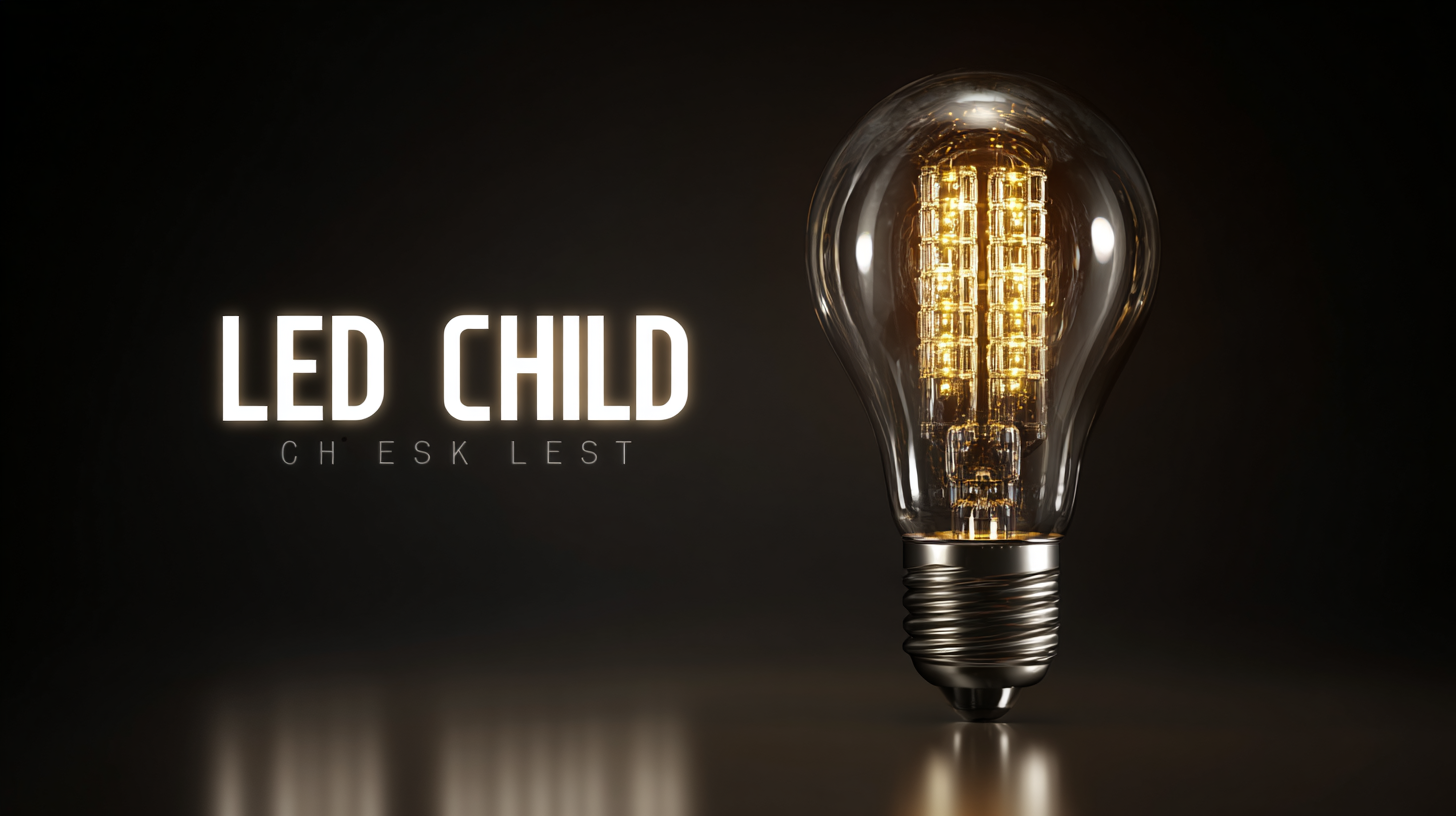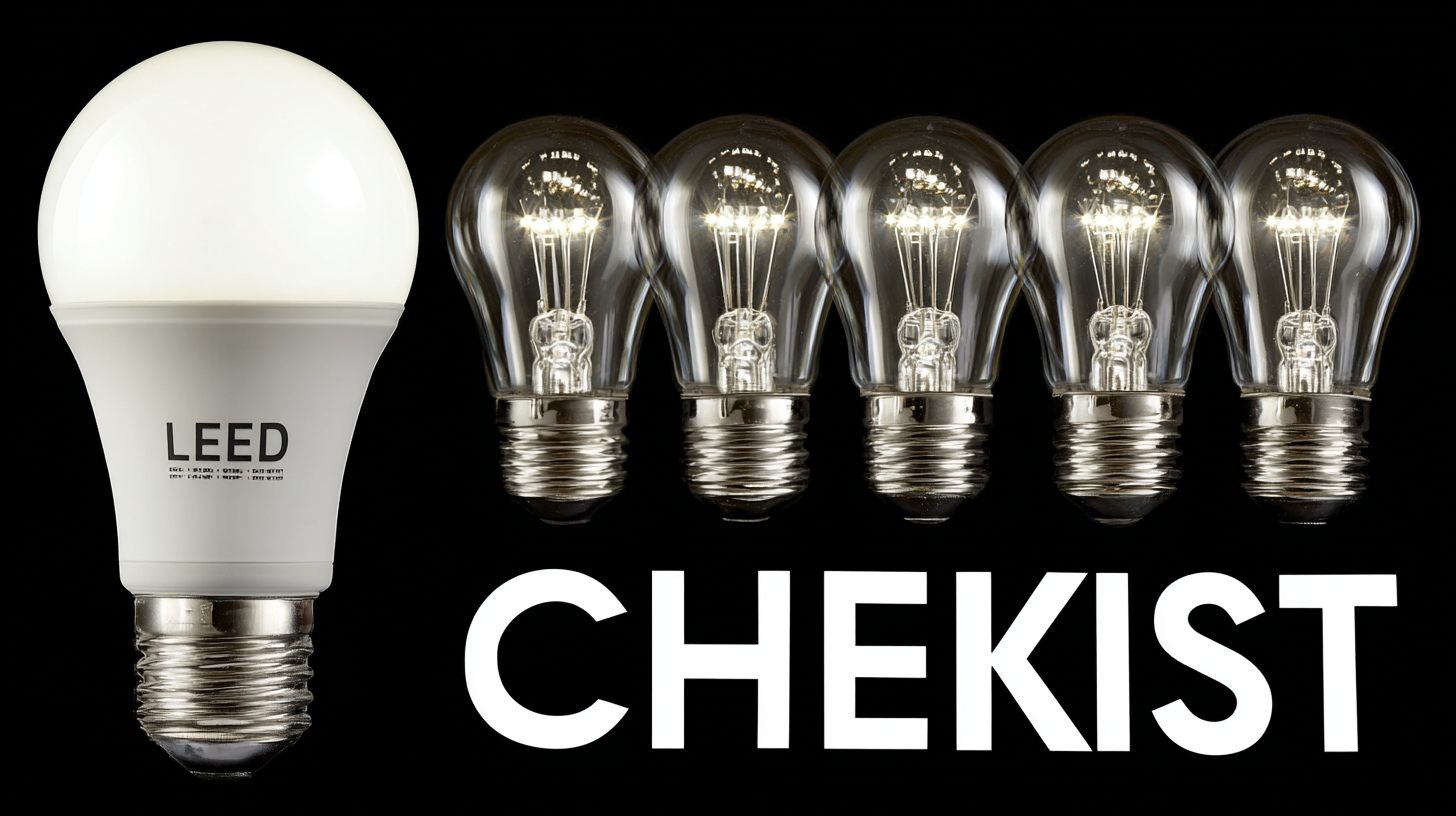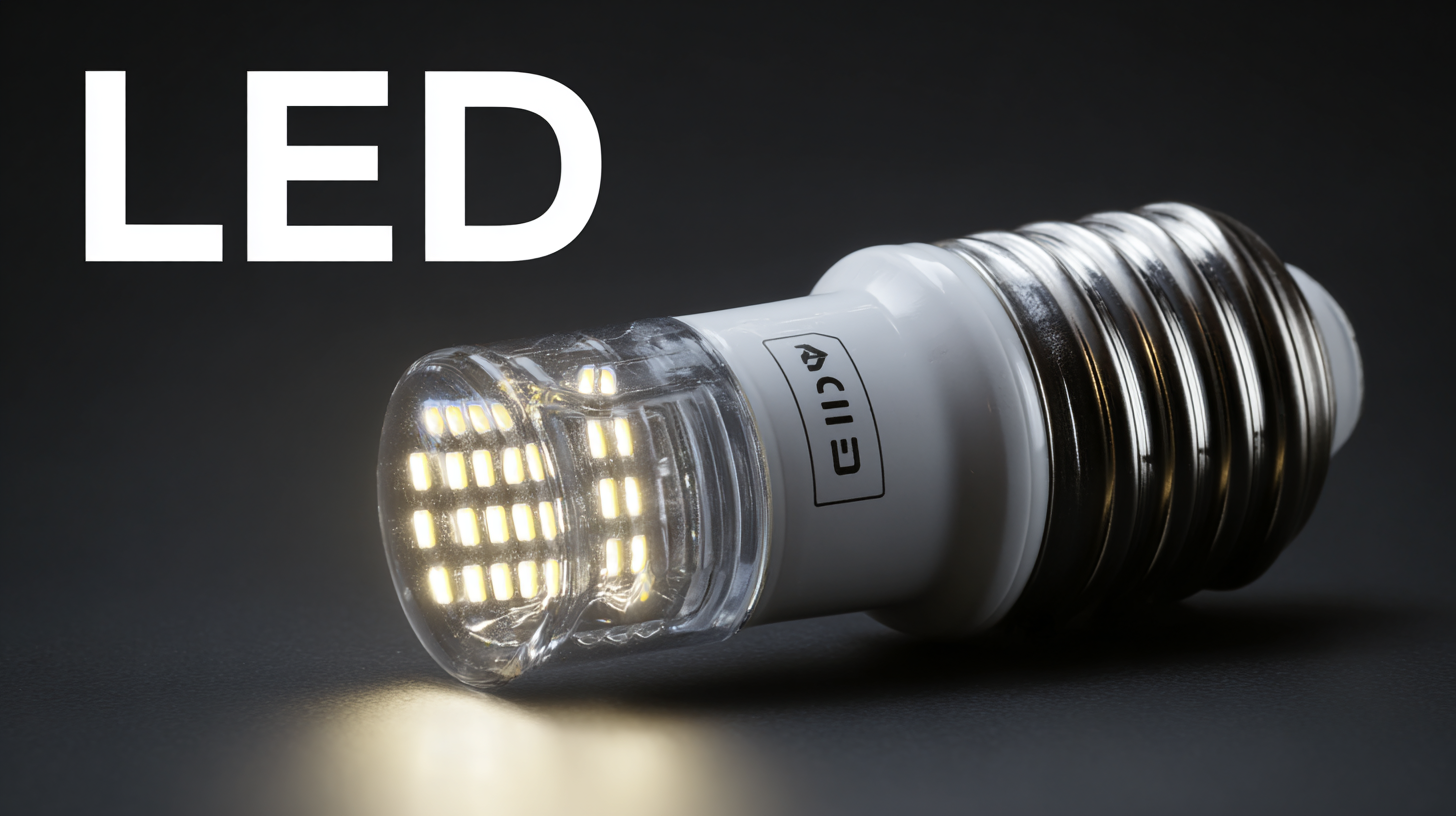 English
English-
 English
English -
 Español
Español -
 Português
Português -
 русский
русский -
 Français
Français -
 日本語
日本語 -
 Deutsch
Deutsch -
 tiếng Việt
tiếng Việt -
 Italiano
Italiano -
 Nederlands
Nederlands -
 ภาษาไทย
ภาษาไทย -
 Polski
Polski -
 한국어
한국어 -
 Svenska
Svenska -
 magyar
magyar -
 Malay
Malay -
 বাংলা ভাষার
বাংলা ভাষার -
 Dansk
Dansk -
 Suomi
Suomi -
 हिन्दी
हिन्दी -
 Pilipino
Pilipino -
 Türkçe
Türkçe -
 Gaeilge
Gaeilge -
 العربية
العربية -
 Indonesia
Indonesia -
 Norsk
Norsk -
 تمل
تمل -
 český
český -
 ελληνικά
ελληνικά -
 український
український -
 Javanese
Javanese -
 فارسی
فارسی -
 தமிழ்
தமிழ் -
 తెలుగు
తెలుగు -
 नेपाली
नेपाली -
 Burmese
Burmese -
 български
български -
 ລາວ
ລາວ -
 Latine
Latine -
 Қазақша
Қазақша -
 Euskal
Euskal -
 Azərbaycan
Azərbaycan -
 Slovenský jazyk
Slovenský jazyk -
 Македонски
Македонски -
 Lietuvos
Lietuvos -
 Eesti Keel
Eesti Keel -
 Română
Română -
 Slovenski
Slovenski -
 मराठी
मराठी -
 Srpski језик
Srpski језик
Ultimate LED Light Bulb Buying Checklist for Maximum Energy Efficiency
In an era where energy efficiency is paramount, the quest for the perfect LED light bulb has become more crucial than ever. With China's manufacturing prowess leading the charge in the global market, consumers are presented with an overwhelming array of options that promise to reduce energy consumption while enhancing illumination.

This blog will serve as your ultimate LED light bulb buying checklist, providing insights into the considerations you need to keep in mind to ensure maximum energy efficiency. From understanding lumens and wattage to discerning the difference between various color temperatures and designs, we aim to equip you with the knowledge necessary to make informed choices.
As we explore the landscape of LED light bulbs, we’ll also highlight how Chinese innovations are driving sustainability in lighting solutions, ensuring you not only illuminate your space effectively but also contribute to a greener planet.
Key Differences Between LED and Traditional Bulbs in Energy Consumption
When it comes to energy consumption, LED bulbs have a clear advantage over traditional incandescent and fluorescent lights. According to the U.S. Department of Energy, LED bulbs use about 75% less energy than incandescent bulbs and last up to 25 times longer. This remarkable energy efficiency not only reduces electricity bills but also contributes to sustainability by decreasing the overall carbon footprint.
**Tip:** When selecting LED bulbs, look for products with the ENERGY STAR label, as these bulbs meet strict efficiency and performance standards.
Another significant difference is the heat generation; traditional bulbs convert most of their energy into heat, whereas LEDs emit very little heat, ensuring that more energy is utilized for lighting. A report from the Lighting Research Center indicates that LED technology can deliver over 100 lumens per watt, while incandescent bulbs typically only produce about 15 lumens per watt. This means that energy-efficient lighting can significantly enhance brightness without the corresponding energy costs.
**Tip:** Consider the wattage equivalent when replacing old bulbs; for example, a 10-watt LED can replace a 60-watt incandescent for the same brightness, making it an excellent choice for energy conservation.
Ultimate LED Light Bulb Buying Checklist for Maximum Energy Efficiency
| Feature | LED Bulbs | Traditional Bulbs (Incandescent) |
|---|---|---|
| Lifespan | 25,000 - 50,000 hours | 1,000 hours |
| Energy Consumption | 6-10 watts | 40-100 watts |
| Heat Emission | Minimal | High |
| Light Quality | Available in various colors (warm to cool white) | Typically warm white |
| Dimming Capability | Yes (with compatible dimmers) | Yes |
| Environmental Impact | No toxic substances, recyclable | Contains mercury, not recyclable |
| Cost (per bulb) | $5 - $15 | $1 - $3 |
Understanding LED Lifespan: How Long Can You Really Expect Them to Last?
When considering the longevity of LED light bulbs, it’s essential to understand the technology behind their lifespan. Most quality LED bulbs can last anywhere from 15,000 to 50,000 hours, significantly outlasting traditional incandescent bulbs, which typically only reach about 1,000 hours. According to the U.S. Department of Energy, the lifespan of an LED is often 25 times longer than that of an incandescent bulb, making them an attractive option for consumers focused on energy efficiency and long-term savings.
Furthermore, factors such as heat management, quality of components, and usage patterns greatly influence an LED bulb's lifespan. For example, LEDs that generate less heat tend to last longer; therefore, choosing bulbs with good heat dissipation technology can enhance their durability. Reports from the Lighting Research Center indicate that poor-quality LEDs may have a shorter lifespan due to inferior materials, emphasizing the importance of purchasing from reputable brands. Overall, investing in better-quality LED lighting is not just about energy efficiency; it’s also a decision that ensures consistent performance over time.

Fluorescent vs LED: A Comparative Analysis of Efficiency and Cost Savings
When evaluating the efficiency and cost savings of lighting options, the debate between
LED and fluorescent bulbs remains significant.
LED bulbs have demonstrated remarkable advancements since their market introduction in 1996,
achieving an impressive average luminous efficacy of 105 lumens per watt (lm/W).
In contrast, traditional fluorescent lamps typically yield between 35 to 100 lm/W, indicating that LEDs
not only provide superior lighting efficiency but also translate to reduced energy consumption and cost savings over time.
Furthermore, incandescent and halogen light bulbs pose a
staggering economic burden, costing 4 to 5 times more than their LED counterparts.
As energy costs continue to rise in the post-COVID era, the transition to energy-efficient LED lighting can offer substantial
financial relief for consumers and businesses alike. With the increasing emphasis on sustainability and energy reduction,
the shift towards LED technology represents not just a trend, but a critical component of modern
energy management and ecological preservation. With improvements in manufacturing costs and performance, LEDs stand out as
a key player in the ongoing "light bulb revolution" that is reshaping how we light our homes and spaces.
The Importance of Lumens: Choosing the Right Brightness for Your Needs
When selecting LED light bulbs, the brightness measured in lumens plays a crucial role in achieving the desired energy efficiency for your space. Unlike watts, which only indicate energy consumption, lumens provide a direct measurement of the light output. For instance, the U.S. Department of Energy reports that a standard 60-watt incandescent bulb emits approximately 800 lumens. In contrast, an equivalent LED bulb might only consume 10-12 watts to produce the same amount of light, demonstrating significant energy savings.
Choosing the right brightness for your needs requires an understanding of the lumens needed for specific applications. For common household areas, such as living rooms, 1,500 to 3,000 lumens can create a cozy yet well-lit environment, while kitchens and workspaces may require 4,000 to 8,000 lumens for optimal visibility. According to the International Energy Agency, improved lighting technologies like LEDs have the potential to reduce worldwide electricity consumption for lighting by up to 70% by 2030, making it essential to consider lumens carefully. Adopting the right level of brightness not only enhances functionality but also contributes significantly to energy efficiency goals.
Ultimate LED Light Bulb Brightness Comparison
This chart compares the brightness (in lumens) of different LED light bulb wattages. Selecting the right brightness is crucial for energy efficiency and meeting your lighting needs.
Evaluating Color Temperature: How Warm or Cool Should Your LED Bulbs Be?
When choosing LED light bulbs, evaluating color temperature is crucial for achieving both aesthetic and functional lighting in your space. Color temperature is measured in Kelvin (K), with warmer tones ranging from 2700K to 3000K, mimicking the soft glow of incandescent bulbs. In contrast, cooler tones start at around 4000K and reach up to 6500K, producing a crisp white light similar to daylight. According to the U.S. Department of Energy, many consumers prefer the warm tones for living areas due to their cozy and inviting atmosphere, while cooler temperatures are often favored in workspaces for their energizing effect.

Research by the Lighting Research Center indicates that the right color temperature can significantly influence productivity and mood. For instance, studies show that environments with cooler light can enhance alertness in work settings, improving task performance. Conversely, warmer light tends to promote relaxation, making it ideal for bedrooms and living rooms. As you consider LED bulbs for your home or office, it is essential to match the color temperature to the specific purpose of the space, ensuring not only energy efficiency but also the well-being of the occupants.

